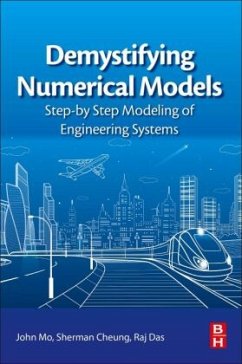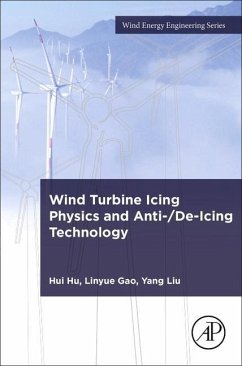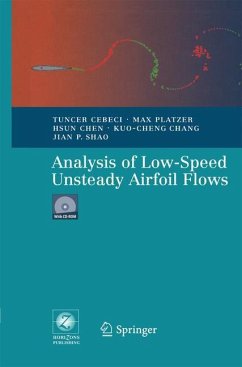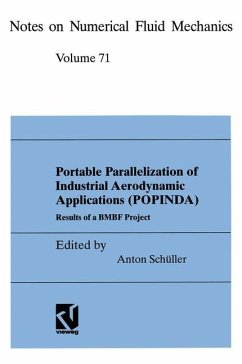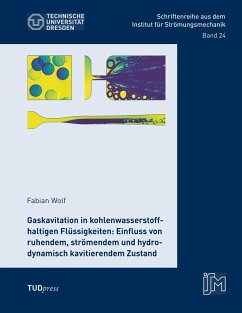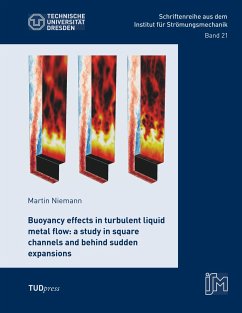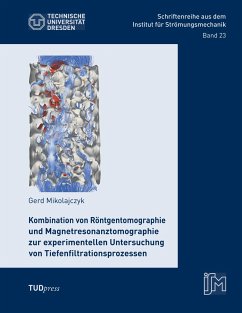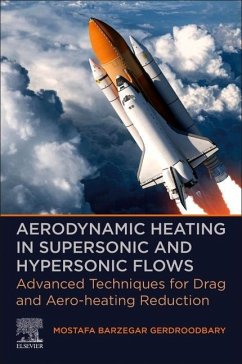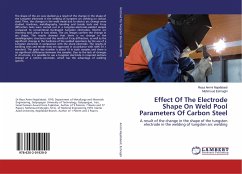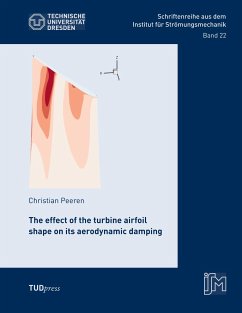
The Effect of the Turbine Airfoil Shape on its Aerodynamic Damping
Versandkostenfrei!
Versandfertig in 1-2 Wochen
34,80 €
inkl. MwSt.

PAYBACK Punkte
0 °P sammeln!
Designing the low pressure stages of large gas turbinesrequires extraordinary attention to account for aeroelasticphenomena and its mitigations. A very hazardousphenomenon is fl utter, a self-excited form of vibration,which is caused by fl uid energy transferred into the bladestructure. To mitigate fl utter the designer can chose betweenaerodynamic and mechanical measures. The present workfocus on the impact of the blade shape to modify the excitingunsteady pressure fi elds leading to fl utter. Analytical as wellas numerical approaches are presented, which examine thelink between steady aerody...
Designing the low pressure stages of large gas turbinesrequires extraordinary attention to account for aeroelasticphenomena and its mitigations. A very hazardousphenomenon is fl utter, a self-excited form of vibration,which is caused by fl uid energy transferred into the bladestructure. To mitigate fl utter the designer can chose betweenaerodynamic and mechanical measures. The present workfocus on the impact of the blade shape to modify the excitingunsteady pressure fi elds leading to fl utter. Analytical as wellas numerical approaches are presented, which examine thelink between steady aerodynamics and the vibration inducedunsteady pressure. The results of these studies are usedto derived guide lines for the design of high-performanceairfoils with a reduced fl utter excitation and discussed in thelast chapter.



